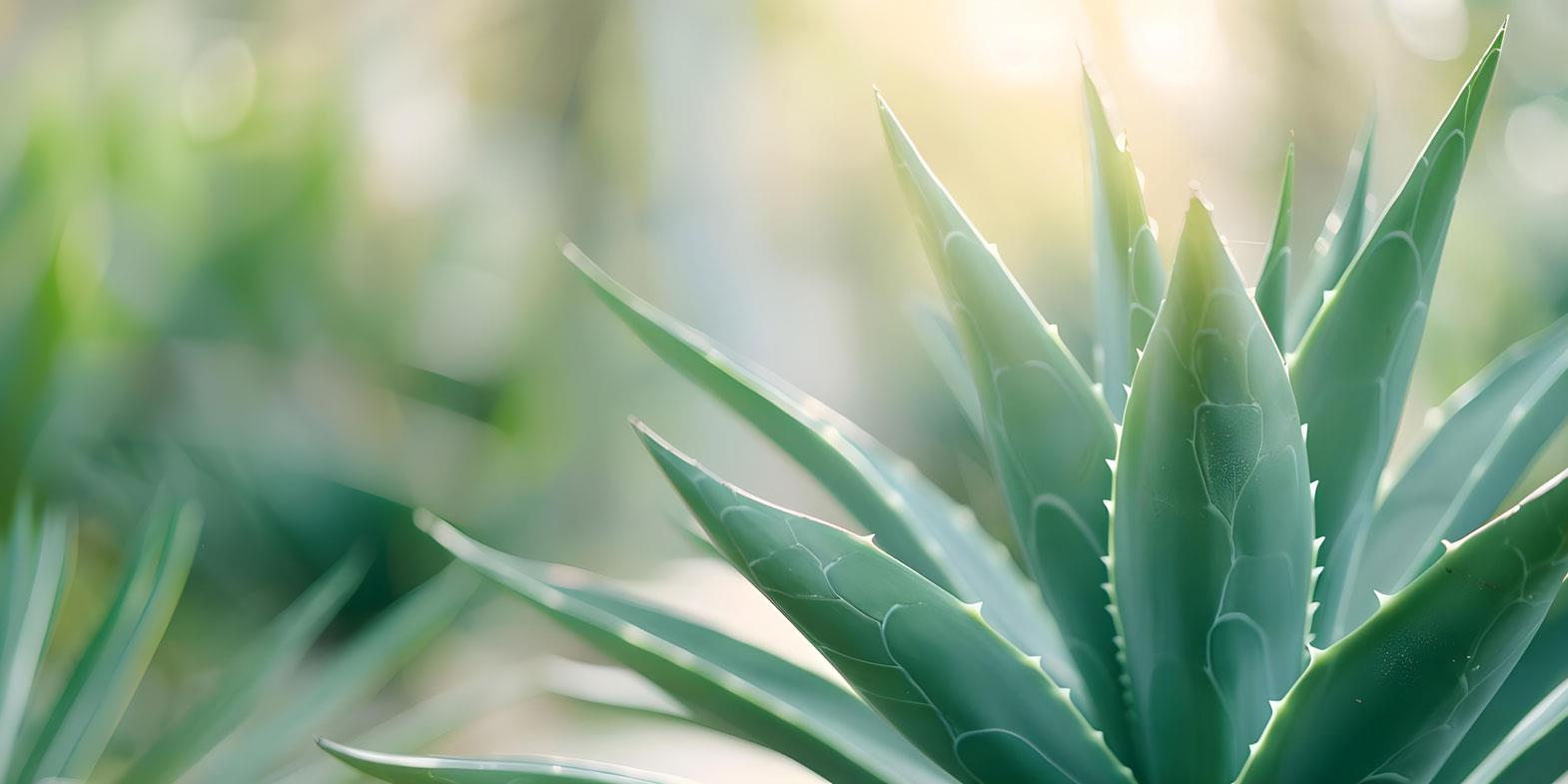Overthe years there have been a number of natural fibres besides cotton, linen, andsilk that have been used in the textile industry for various purposes. Nettle,Hemp, sugarcane, soy, and bamboo are some of them. One such natural source fromwhich fibres can be extracted is from the cactus plants. With the debate onsustainable textile products and adapting environment friendly methods ofmanufacturing increasing among consumers, the use of natural and biodegradablefibres becomes inevitable.
Textilefibres obtained from various kinds of the Agave species can be used in makingvegetable silk, mats, as fillers, and even can be used as bio-composites, insubstitute to glass fibres. The cactus silk, also known as organic or vegansilk, Agave silk or the more local name Sabra silk is a cruelty free fabricunlike mulberry silk. This silk is made in Morocco using vegetable dyes and thecacti used are found in the desert of Sahara. The cactus hails from the Aloe Veraspecies of the Agave family.
Thefibres have high strength, are durable, and are known for its beauty. Themanufacturing process of this vegetable silk remains traditional and ages old.After the cactus is collected from the Agave plant crushing of the long spikedleaves begins. Then the fibres are washed and hammered, and lastly the leavesare soaked in water to separate the fibres and filaments easily. Once this isdone, the fibres are spun into threads for weaving and are later died indifferent colors. However, the production processes are a guarded secret withincommunities in Morocco and are passed on only from a father to the son. Theroyalty in Arabic countries wear gowns and wedding outfits made from this rarecactus silk.
Sabrasilk is hand loomed in Morocco and hence is an expensive product. The silk isalso woven with strips of camel wool, chenille, and cotton yarns to createdifferent blends. The high elasticity of Sabra silk leads to wrinkle freefabrics. Carpets, rugs, table napkins, and cushions are made out of these.Since the process of making the silk is long, time-consuming, and hand woven,the fabrics and products are very costly and unique in nature.
Webertequilana more widely recognized by the name of Blue Agave is essentially usedto make tequila and a natural sweetener. The waste from making Mexico'snational drink is used to make textile fibres, and not just that, but also usedas animal feed, biofuel, and paper.
Thislook alike of the cactus plant is found in the semi-arid regions of Jaliscostate of Mexico. The strong structures in the form of fibres found in theleaves have been used since the time of the Aztec civilization to make ropesand twines. The cottage industry and small scale artisans in the area have beenusing the fibres from the plant to make baskets, mats, hats, belt, and fillersin mattresses, handbags, and even to make accessories for apparels. The wastefrom making the tequila out of the Blue Agave, which is known as Bagazo, hasbeen used for the use of making textile fibres.
However Agave fibres are rigid and coarse and hence need to be blended with a softer yarn for application in textile fabrics and garments. Creating a blend with cotton yarn and 10 to 15 percent Agave fibres and developing such a combination of textile fabrics can result into saving atleast ten percent of cotton and move a step ahead towards sustainability. Moreover, Agave fibres enhance the quality and performance of such fabrics.
The most popular fibre provided by the Agave is Sisal. Sisal fibres, procured from Agave Sisalana, are an eco-friendly substitute to glass-fibres to be used in furniture, automobiles, boats, water pipes, and tanks. The fibre can be employed in geo-textiles, for instance sisal fibre can add strength when mixed with cement concrete in alternative to asbestos. The major manufacturers of sisal are Brazil, Tanzania, and Kenya. China is a large producer as well as consumer of the fibre. Just like most other fibres derived from all kinds of varieties of plants of the Agave family, sisal is hundred percent bio-degradable.
The Agave plant has an age span of seventy long years. The plant needs little water and external inputs, and can be grown in other semi-arid regions. Different kinds of Agave plants are used to obtain fibres like Sisal, Henequen, and Tampico which are used to make products like ropes, mats, and brushes respectively. Agave as a fibre is strong, highly durable, and has high affinity to humidity. But by research and development of such natural fibres and creating interesting blends, the environment can be greener and the textile industry can be turned into a sustainable place.
References:
1. Craftsoftheworldonline.blogspot.in
2. Urbantimes.co
3. Organicwellnessnews.com
Image Courtesy:
1. Agritech.tnau.ac.in
2. Heartofmorocco.ca








Comments